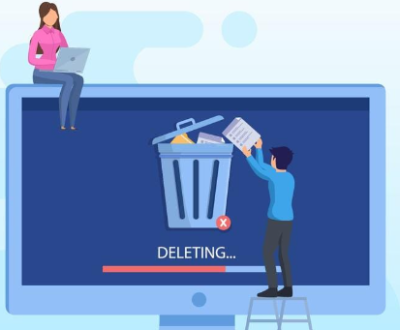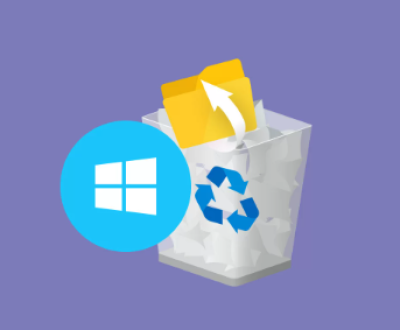VirtualBox is a widely used open-source virtualization platform that allows users to run multiple operating systems on a single physical machine. One of its most valuable features is the ability to create snapshots capturing the state of a virtual machine (VM) at a specific moment. These snapshots make it easy to revert to previous states, facilitating testing, troubleshooting, and rollback operations. However, accidental deletion of a snapshot can be catastrophic, potentially leading to data loss and system instability.
VirtualBox snapshots work by saving the current state of a VM’s disk and memory. When a snapshot is created:

The original virtual disk (base disk) remains unchanged.
A new differencing disk (VDI, VMDK, or VHD) is created to store changes made after the snapshot.
VirtualBox records the snapshot metadata in XML configuration files.
When a snapshot is deleted, VirtualBox attempts to merge the changes back into the base disk or remove the differencing disk altogether. A permanently deleted snapshot means its associated differencing disk is removed, making recovery more complex.
Methods to Recover a Permanently Deleted Snapshot
1. Checking the Recycle Bin or Trash
If the snapshot files were deleted manually from the VirtualBox directory, check your system’s Recycle Bin (Windows) or Trash (macOS/Linux). If found, restore the files to their original location.
2. Restoring from a Backup
If you have a backup system in place, such as periodic VM backups or filesystem snapshots (e.g., Time Machine, Windows File History, or cloud backups), you can restore the lost snapshot from a backup copy.
Steps:
Locate the backup directory of VirtualBox VMs.
Restore the missing snapshot file (usually a .vdi, .vmdk, or .vhd file).
Place the restored file back into the appropriate VirtualBox snapshot directory.
Adjust the VM settings in VirtualBox to recognize the restored snapshot.
3. Recovering Lost Snapshot Files Using Data Recovery Software
Panda Assistant scans the underlying storage, searching for lost or deleted VirtualBox snapshot files, including .vdi, .vmdk, or .vhd disk images. If a snapshot has been removed, the tool can attempt recovery by locating residual disk data, restoring the VM state as closely as possible. The success rate depends on whether the storage has been overwritten.
To maximize recovery chances, stop using the affected drive immediately and run a deep scan with Panda Assistant. If the snapshot is recoverable, the software will restore it to a specified location. Additionally, it provides options for reconstructing lost VM data, ensuring minimal disruption.
4. Restoring a Differencing Disk Manually
If the snapshot’s differencing disk was deleted, the VM might become unusable. You can attempt manual restoration by:
Checking for existing differencing disks in the VirtualBox directory.
Creating a new VM with the recovered base disk.
Manually attaching recovered differencing disks.
Using VirtualBox’s VBoxManage command-line tool to reconfigure disk settings.
Example Command:
VBoxManage clonehd “RecoveredSnapshot.vdi” “NewDisk.vdi” –format VDI
5. Checking VirtualBox Logs and Configuration Files
Sometimes, VirtualBox logs (VBox.log) and configuration files (.vbox files) retain references to deleted snapshots. These can help in reconstructing missing data.
Navigate to the VM directory (C:\Users\YourUser\VirtualBox VMs\YourVM).
Open the .vbox file in a text editor and search for missing snapshot references.
If necessary, edit the file to re-register the snapshot manually.
6. Using System Restore (Windows) or Time Machine (MacOS)
If your system has a restore point before the deletion:
Use Windows System Restore to roll back to a state before the snapshot deletion.
Use macOS Time Machine to recover the deleted VirtualBox files.
Preventative Measures
To avoid future loss of VirtualBox snapshots:
Enable regular backups: Use VirtualBox’s built-in export feature (File > Export Appliance) or third-party backup solutions.
Avoid manual deletions: Deleting snapshot files directly from the filesystem can cause irrecoverable damage.
Use incremental snapshots cautiously: If multiple snapshots depend on each other, deleting one can break the chain.
Keep snapshots minimal: Too many snapshots can slow down VM performance and increase the risk of corruption.
About us and this blog
Panda Assistant is built on the latest data recovery algorithms, ensuring that no file is too damaged, too lost, or too corrupted to be recovered.
Request a free quote
We believe that data recovery shouldn’t be a daunting task. That’s why we’ve designed Panda Assistant to be as easy to use as it is powerful. With a few clicks, you can initiate a scan, preview recoverable files, and restore your data all within a matter of minutes.

 Try lt Free
Try lt Free Recovery success rate of up to
Recovery success rate of up to









